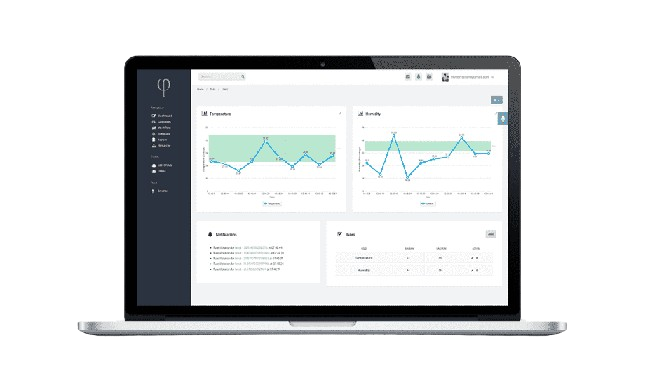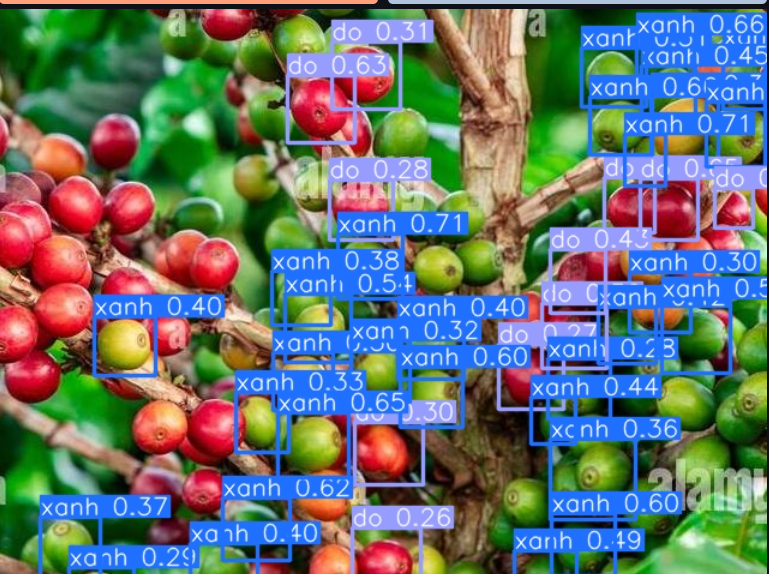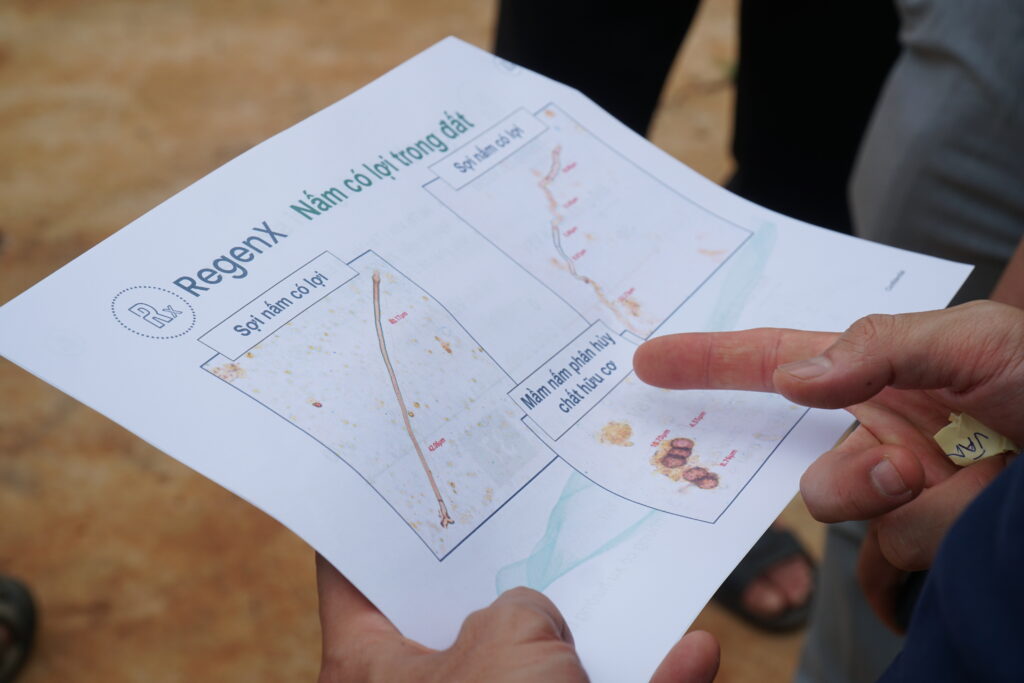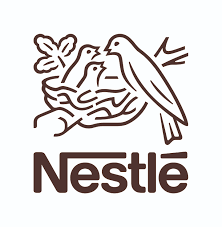Market intelligence powered by farm Ai-Agvisory.
For companies sourcing from smallholder farmers.

What farmers get
Actionable, personalized recommendations

Specialized pest and disease recognition & recommendations
Adverse climate alerts with recommended actions to minimize yield loss
Plant nutrition recommendations per farm, per crop

Data sharing made useful to farmers
Just-In-Time agvisory replaces just-in-case data collection
farm data collected in the conversation flow
contextualized advice for immediate farmers' value
Multi-crop, multi-lingual
What companies get
unique, farm-gate insights
See in real time pest & disease outbreaks to adjust your procurement strategies
Identify carbon pocket opportunities to drive programs in the right places
Identify highly engaged farmers to enroll as your farmer leaders

Supply Chain Resilience
Forecast yield and pest outbreaks better based on photographic sampling
Extend your agronomists at a marginal cost, 24/7 and at scale
Support farmers on their regenerative transition

EUDR pre-verification at a low cost

get accurate farm GPS including farmers' consent
gps coordinates pre-verified using LANDSAT 9 latest deforestation maps
Due Diligence statements pre-filled & GEOJSON files automatically created
We actively promote Regen Ag

Regenerative practices
We only recommend regenerative practices and do not promot any synthetic products, herbicides etc

Regenerative education
Farmers receive bite-sized educational content on regenerative practices, at scale

Regenerative library
Farmers have access to an always-on library of recipes and practices for regenerative farming
Build your Ai-agvisory solution now
AI in sourcing is the next frontier

Going forward, we are also placing a greater emphasis on Nestlé’s digital transformation into a real-time, end-to-end connected, data- and AI-powered organization..
CEO of Nestle

With machine learning, farmers can discover improvements they can make to increase productivity and optimize yields

I think the value of AI is really there when you have the symbiosis of the human expert using these tools to actually expand their intelligence

By using AI and data across the whole supply chain, we can improve precision in our quantification, allocation, pricing, and local relevance — contributing to leaner production and a more sustainable use of resources.

